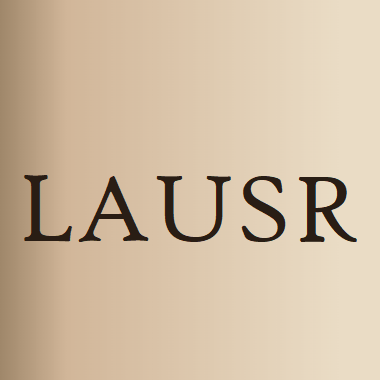
Quinones having a fully conjugated cyclic dione structure have been used as redox mediators in electrochemistry. 2,5-Ditert-butyl-1,4-benzoquinone (DBBQ or DB-p-BQ) as a para-quinone derivative is one of the representative discharge… Click to show full abstract
Quinones having a fully conjugated cyclic dione structure have been used as redox mediators in electrochemistry. 2,5-Ditert-butyl-1,4-benzoquinone (DBBQ or DB-p-BQ) as a para-quinone derivative is one of the representative discharge redox mediators for facilitating the oxygen reduction reaction (ORR) kinetics in lithium-oxygen batteries (LOBs). Herein, we presented that the redox activity of DB-p-BQ for electron mediation was possibly used for facilitating superoxide disproportionation reaction (SODR) by tuning the isomeric configuration of the carbonyl groups of the substituted quinone to change its reduction potentials. First, we expected a molecule having its reduction potential between oxygen/superoxide at 2.75 V versus Li/Li+ and superoxide/peroxide at 3.17 V to play a role of the SODR catalyst by transferring an electron from one superoxide (O2-) to another superoxide to generate dioxygen (O2) and peroxide (O22-). By changing the isomeric configuration from para (DB-p-BQ) to ortho (DB-o-BQ), the reduction potential of the first electron transfer (Q/Q-) of the ditert-butyl benzoquinone shifted positively to the potential range of the SODR catalyst. The electrocatalytic SODR-promoting functionality of DB-o-BQ kept the reactive superoxide concentration below a harmful level to suppress superoxide-triggered side reaction, improving the cycling durability of LOBs, which was not achieved by the para form. The second electron transfer process (Q-/ Q2-) of the DB-o-BQ, even if the same process of the para form was not used for facilitating ORR, played a role of mediating electrons between electrode and oxygen like the Q/Q- process of the para form. The ORR-promoting functionality of the ortho form increased the LOB discharge capacity and reduced the ORR overpotential.
Journal Title: ACS applied materials & interfaces
Year Published: 2022
Link to full text (if available)
Share on Social Media: Sign Up to like & get
recommendations!